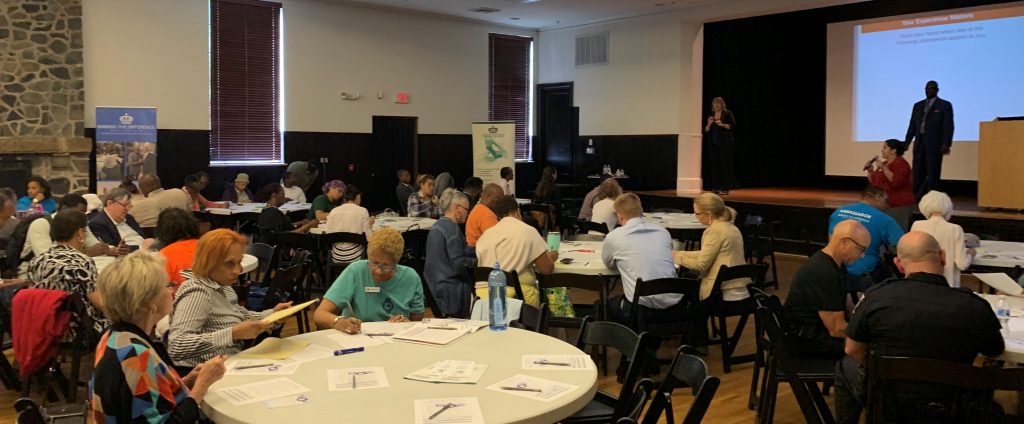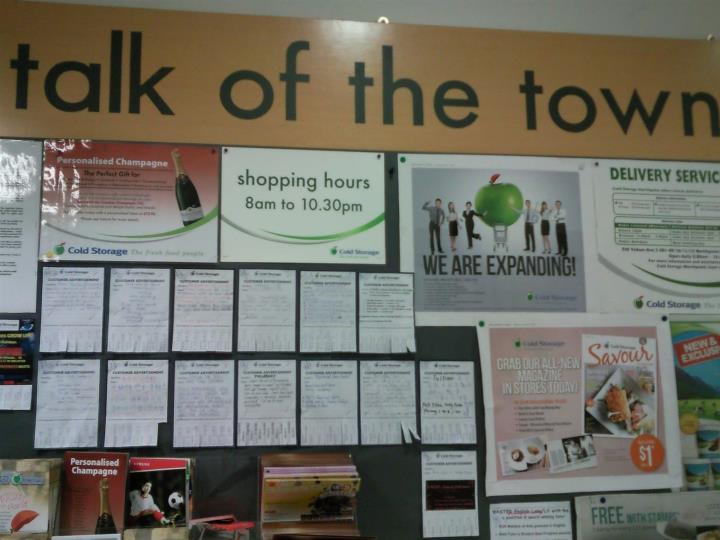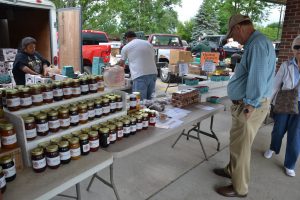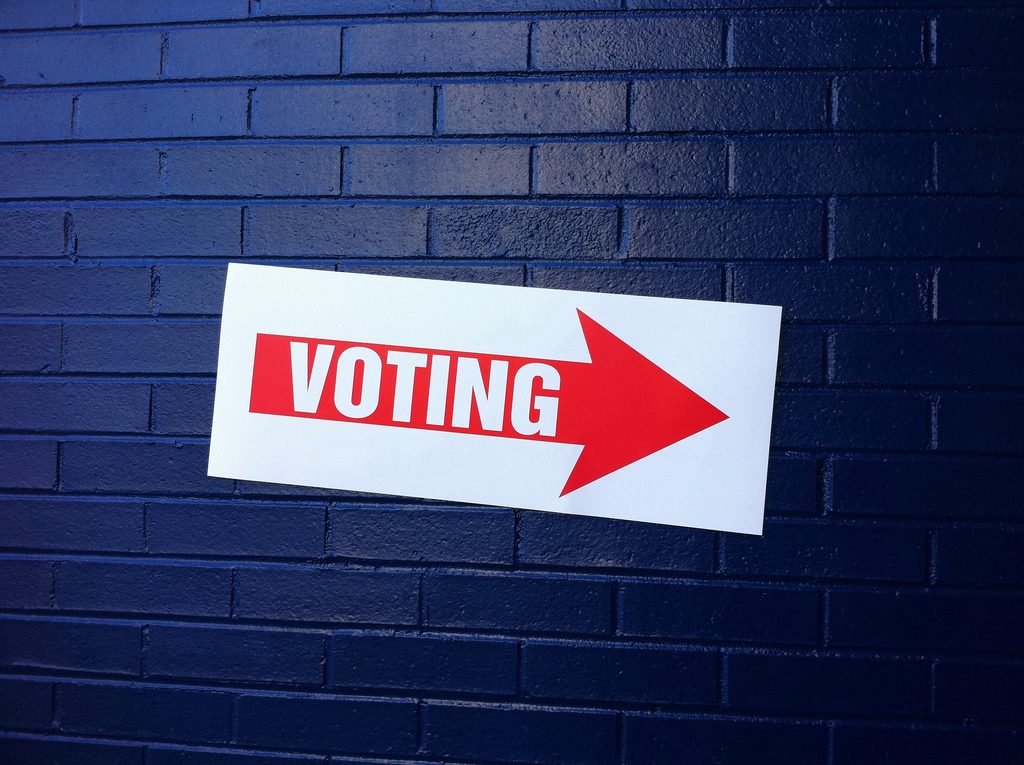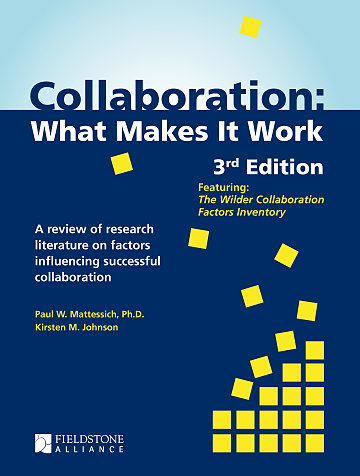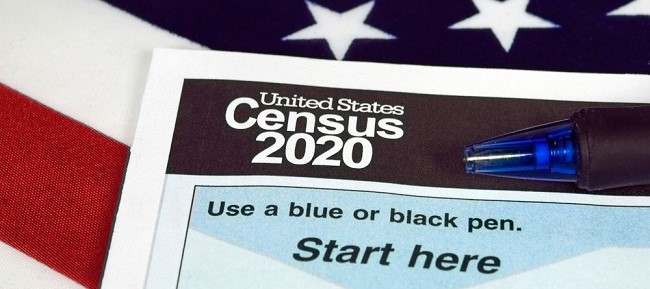
The US Census is so important that the Constitution requires it. Since 1790, the nation has counted its people every 10 years. The data gathered touch all of us: they determine the number of representatives our state has in congress; they’re used in the creation of legislative and school districts; they even affect how states and communities distribute funding for things like neighborhood improvements, public health, and education.
But one group has consistently been overlooked for decades. The US Census Bureau says that young children – ages zero to four – are often missed. As many as one in every 10 young children was left out of the 2010 census, according to the non-profit Population Reference Bureau. PRB says these youngest people are more likely to be overlooked than any other age group. Continue Reading

